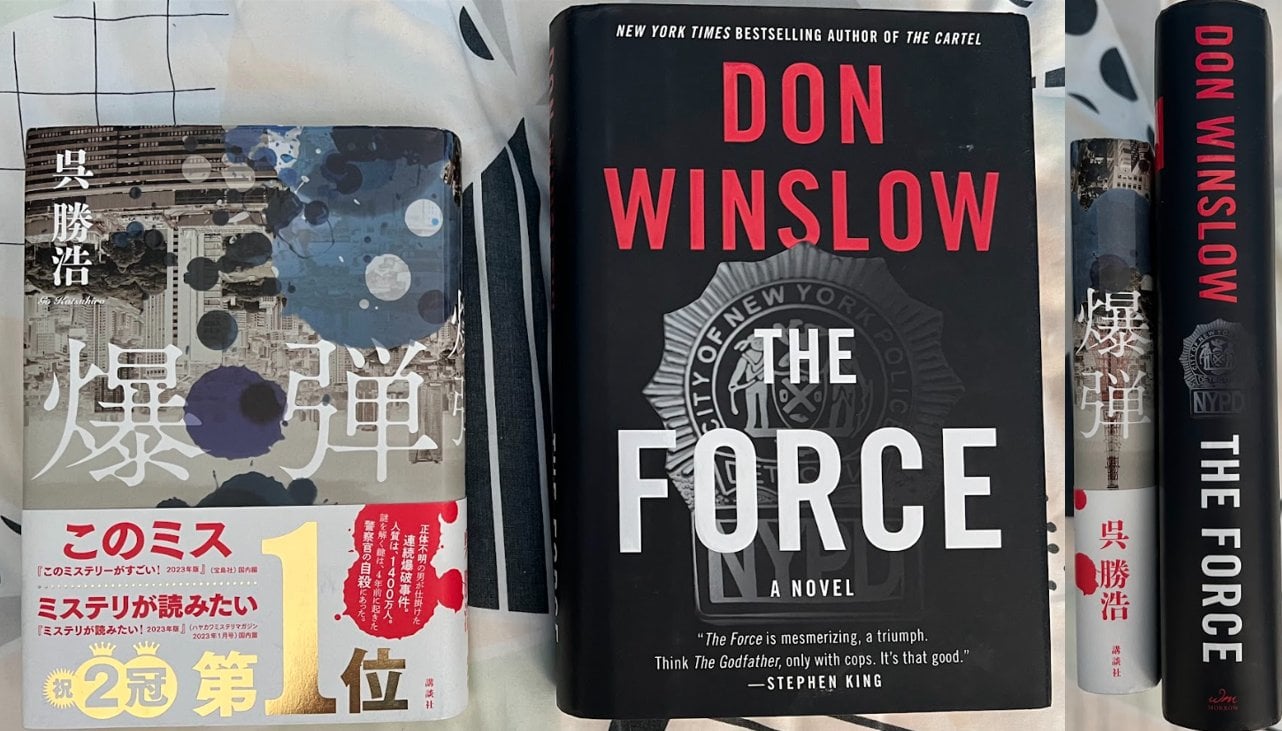
Unlike languages such as English, Spanish, French, German, Polish, etc. including Cyrillic ones like Russian, Bulgarian or Ukrainian, where a letter is read as you see it so the only thing to do is use a dictionary. Japanese (other than kana) can be read in more than one way regarding words that involve the use of Kanji. It'll be like if a Western tourist tried to read a book in Japanese but can't understand what is written, unless they have studied the language as it's not mutually intelligible.
That is very different from how an native English speaker visits a bookstore in countries like France or Germany for example, despite their books being written in French & German, they could at least "attempt" to read it as they use the Latin alphabet despite them not understanding the language. But for countries like Russia, Ukraine or Bulgaria where they use Cyrillic, it is still alphabetical even though it is not exactly the same as the Latin alphabet, attempting to "decipher" each letter may be 'easier'.
For example 変 can be found in words like 変わる (かわる), 一変 (いっぺん) or 変革 (へんかく) Notice that despite using the same "word", it connotates a new meaning as there's a difference between being paired with kana or another kanji, regardless of the genre of the book you are reading in Japanese, hence why it's "difficult" for a speaker of a language that uses the Latin Alphabet or Cyrillic to fully wrap their head around since their letters are read as you see them within a word.
Speaking of that, would you deem this concept difficult to wrap your head around when reading Japanese literature in Japanese even if you were learning the language due to that being very different from the orthography on English or any other European language?
Not forgetting that Japanese books are read from right to left with vertical text as opposed to English or any other European langauge they are read from left to right with horizontal text, so that may be seen as a "culture shock" to some, unless they've familiarized themselves with manga prior (or speak languages like Arabic & Hebrew), even translated copies of manga still retain the right to left reading orientation. The same thing occurs with Japanese novels (not manga) being read from right to left.
The size differences too are someting to take note, as Japanese books are smaller than English or any European language. (I'm talking about you, Dutch books! Why do you have to be so large?!) In Japanese hardcovers and even paperbacks, other than the main dust jacket they feature another "extra band" around them. I mean, is that also common in English books? Why don't Western books have an extra band around them on both hardcovers and paperbacks with the dust jacket?
Also, the text written on the spine of Japanese books does not have to be rotated sideways (unlike languages with an alphabet) due to tategaki (縦書き) as for example from this post that hilights the difference between German & English literature, where they have to "rotate the text sideways" instead of applying tategaki akin to Japanese just for the book title written on the spine to be legible, as in Japanese writing the title vertically on the spine works.
by No_Pomegranate7134
